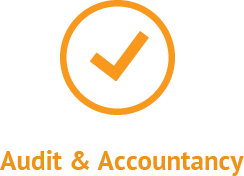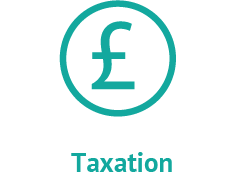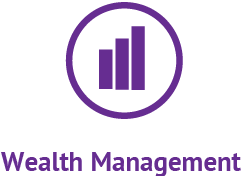£1,000 Tax-Free Trading Allowance
12th April 2018
A new £1,000 tax-free trading allowance has been introduced from 6th April 2017. Whether you will benefit from the allowance will depend upon your own individual circumstances. There are some complexities in declaration and we have outlined the key points that you should be aware of when considering use of this allowance.
What is the £1,000 tax-free trading allowance?
For those individuals earning £1,000 or less from trading and miscellaneous income (such as crafts, babysitting or hiring out equipment) the tax-free trading allowance can give a full or partial exemption from Income Tax, with no requirement to register for self-assessment or to submit a tax return. Income from this miscellaneous trade is typically additional to the main income of the individual but this doesn’t need to be the case.
What should you be aware of?
The thought of making some extra income without having to pay tax is certainly appealing – but it is important to understand how it should be declared, as this differs based on individual circumstances.
Key to remember is that the trading allowance must always be applied to income not profits.
The process is quite simple if your additional income is under the £1,000 threshold as this means that you do not need to do anything. There is no need to register as self-employed or to submit a tax return. Over £1,000 however and the decision will need to be taken as to whether to offset your trading expenses against your annual trading income or whether to claim what is known as “partial exemption” using the Trading Allowance, whereby the £1,000 allowance is deducted instead of the expenses.
If you do elect to claim the allowance, you will be unable to claim any other trading expenditure in the year.
These examples help to explain.
Example 1
Jocelyn works as an office admin assistant but also makes money from a network marketing scheme, selling beauty products through social media. Her total income was £883 and her costs were £90 (stock, postage and sponsored post costs). As her income is less than £1,000 at £793, then Jocelyn can choose to offset the £1,000 allowance against her income for the year. She would have no tax to pay and would not need to complete a Tax Return for the year.
Example 2
Paul works in a call centre but makes a little extra income through creating wired sculptures. His total income from his sculptures for the year was £1,093 and his costs were £300 (stock, postage and listing costs). Although Jocelyn’s and Paul’s profits were exactly the same (£793), because Paul’s income was over £1,000 then he will need to declare it on his tax return and make a decision whether to use the Trading Allowance or to deduct his expenses. If using the allowance then Paul would only be liable to pay tax on £93. If he used his expenses then he would be liable to pay tax on the £793. In this instance it makes more sense for Paul to claim the allowance.
Example 3
Gustav is a freelance artist and does some private work outside of his main job. He earned £2,500 from his additional trading last year with costs for equipment and marketing for his first year £1,600. If Gustav were to use the trading allowance of £1,000 then he would be liable to pay taxes on £1,500 of his income. If he were to deduct his expenses instead then his total taxable profit would be £900. In this instance Gustav should use his expenses instead of the allowance.
What if you have 2 or more trades?
All income from trades should be combined when applying the Trading Allowance. For example, an individual carrying out miscellaneous trade as both a beauty therapist and a florist should combine the income from both of these together for the purposes of application of the allowance. The main consideration of use of the Trading Allowance is then to calculate which trade income, if any, should be offset with the allowance in order to be as tax-efficient as possible.
Exclusions to the Trading Allowance
There are some exclusions that you should be aware of:
- Partnerships are not allowed to claim the trading allowance
- The trading allowance can not be used on income already qualifying for ‘rent a room’ relief
- You will not be able to claim the new relief on any income received from:
-
- A company of which you are the principal
- A partnership where you are a partner
- An employer or your spouse/civil partner’s employer (see example)
Example 4
Paul continues to sell his sculptures. The majority of his sales are through online sites. However, if he sells just 1 candle to his employer, or his spouse’s employer, then he will be unable to claim the Trading Allowance for that year.
Hopefully this article has addressed the main questions you may have regarding this allowance however, if you have any further queries, please do not hesitate to contact us.






